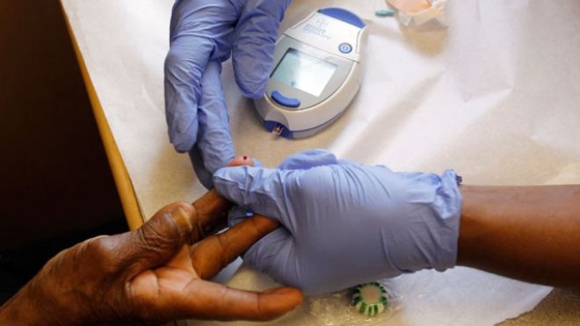Many medical expos have tried in the past to find a lasting and effective solution, but to no avail. Healthcare exhibitions 2013 will probably continue this process, as currently thousands of people are either diabetic or pre-diabetic, a situation that has created considerable alarm in the medical world. The drugs that are currently used to treat diabetes work by controlling the amount of insulin released into the blood. However, the announcement of a new type of drug has given thousands of people suffering from diabetes some hope of greater control over their situation.
So how does the drug work?
The new drug SGLT2 inhibitor works by causing the excess amount of glucose filtered by the kidney to be excreted through urination. In normal circumstances when the kidney filters the glucose, most of it is returned to the blood stream. Only a very small amount finds its way out of the body through the urine. This is a natural human body mechanism to prevent the loss of crucial energy sources. However, it provides an extensive hindrance in the fight against Diabetes.
The chemical responsible for diverting the glucose back to the blood stream is called sodium glucose co-transporter 2 (SGLT2). The new drug works by inhibiting the function of this chemical. By doing this, it prevents most of the glucose from returning to the blood stream, which is forced to come out with the urine. In nature, there are some people in whom the above conditions exist naturally. They lack functioning SGLT2, and their urine has exceedingly high sugar concentrations.
Advantages and disadvantages
One disadvantage of the drug is that it does not work in those patients with kidney impairments. Several advantages are however, associated with the drug use. One of them is that the patient does not have to use a whole regimen of drugs to treat diabetes. This is because unlike other drugs, which have to be used together with a number of SGLT2 inhibitors, the new drug can do the same job all by itself. The use of the drug also leads to a loss in weight due to the loss of excess calories through urination. This is advantageous to many diabetics who are overweight, especially because other drugs cause weight-gain as a side effect.
There are several concerns that have met the proposed use of the SGLT2, chief among them being that it increases the risks of breast and bladder cancers. This is, however, opposed by the companies involved. Healthcare exhibitions 2013 may touch on this opposition, and another significant concern is the increase of the risk of getting a urinary tract infection. This may be brought about by the increased sugar level in the urine, which creates a good environment for ‘bad’ bacteria to breed, causing an infection of the urinary tract and the genitals.
Despite the various mild and unproved risks associated with using the drug, it is evident that the new SGLT2 inhibitor is the next significant thing in the struggle to control and fight diabetes.
David Hamer is a online medical writer who has had many articles published on this topic.
Is This The New Diabetes Cure?: SGLT2 Inhibitors





